Growing oregano at home is easier than you might think, and I’m here to show you how! Forget those sad, dried-up flakes from the grocery store. Imagine stepping outside your door and snipping fresh, fragrant oregano to sprinkle on your pizza, pasta, or grilled chicken. Sounds amazing, right?
Oregano, with its vibrant flavor, has been cherished for centuries. The ancient Greeks and Romans revered it, associating it with joy and well-being. They even used it medicinally! Today, this versatile herb remains a staple in cuisines worldwide, particularly in Mediterranean and Mexican dishes. But why rely on store-bought oregano when you can cultivate your own thriving patch?
Let’s face it, fresh herbs elevate any dish. But buying them regularly can be expensive, and they often wilt quickly. That’s where the magic of DIY comes in! Growing oregano at home not only saves you money but also provides you with a constant supply of fresh, flavorful leaves. Plus, it’s incredibly rewarding to nurture your own plants and watch them flourish. In this article, I’ll share my favorite tips and tricks for successfully growing oregano, even if you have limited space or a less-than-green thumb. Get ready to unlock the secrets to a bountiful oregano harvest!
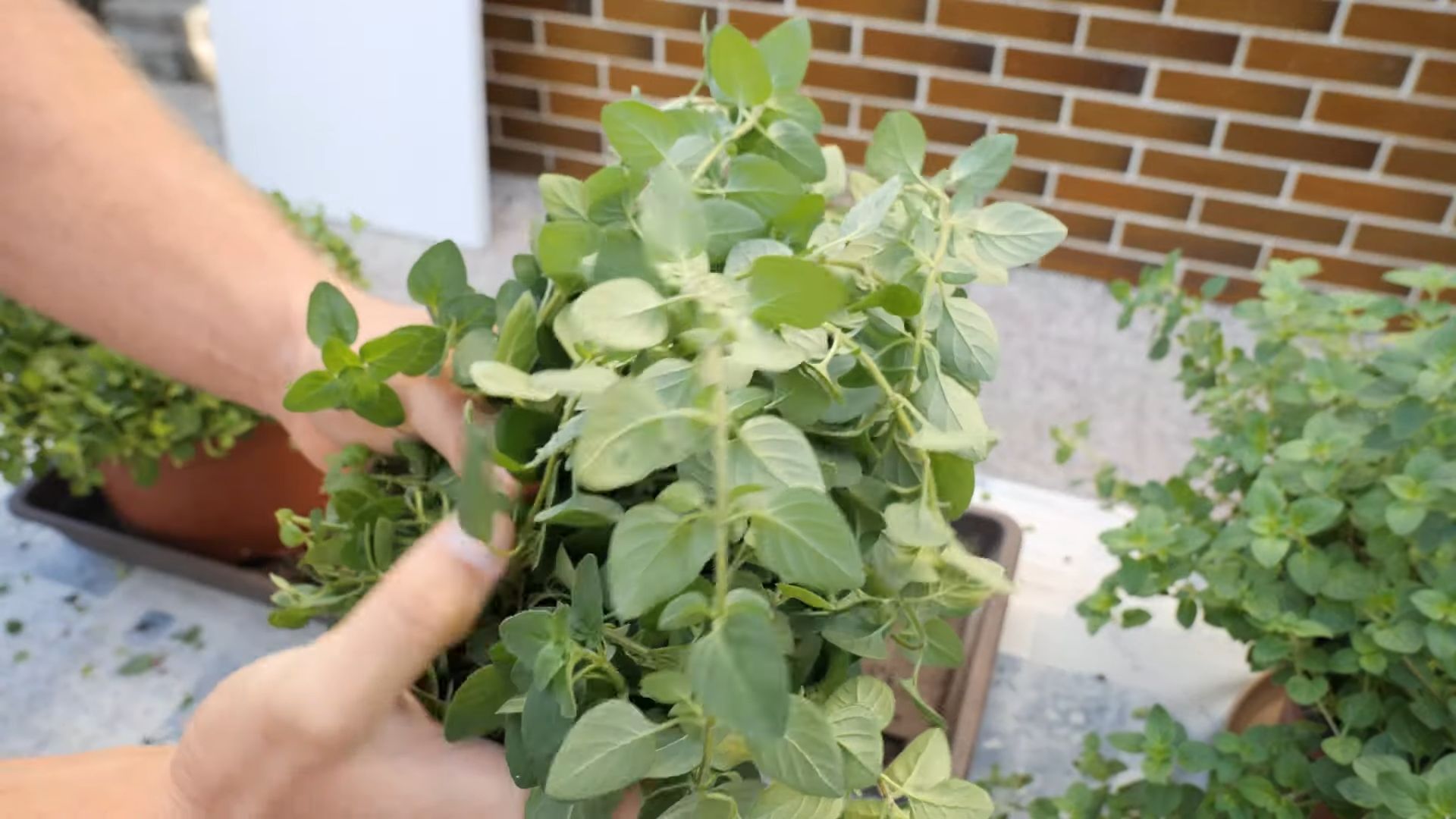
Growing Oregano at Home: A Beginner’s Guide
Hey there, fellow plant enthusiasts! I’m so excited to share my experience with growing oregano at home. It’s surprisingly easy, incredibly rewarding, and having fresh oregano on hand for cooking is a total game-changer. Trust me, once you taste the difference between store-bought dried oregano and the fresh stuff you’ve grown yourself, you’ll never go back!
This guide will walk you through everything you need to know, from choosing the right variety to harvesting your bounty. Let’s get started!
Choosing Your Oregano Variety
Before you even think about planting, you need to decide which type of oregano you want to grow. There are several varieties, each with its own unique flavor profile and characteristics. Here are a few popular options:
* Greek Oregano (Origanum vulgare hirtum): This is the classic oregano you’ll find in most Italian and Greek dishes. It has a strong, pungent flavor and is considered the “true” oregano.
* Italian Oregano (Origanum x majoricum): A milder, sweeter oregano that’s often used in Italian cuisine. It’s a hybrid of oregano and marjoram.
* Mexican Oregano (Lippia graveolens): Technically not a true oregano, but it has a similar flavor profile with citrusy undertones. It’s commonly used in Mexican dishes.
* Golden Oregano (Origanum vulgare ‘Aureum’): This variety is grown more for its ornamental value than its flavor. It has beautiful golden leaves that add a pop of color to your garden. The flavor is milder than Greek oregano.
I personally prefer Greek oregano for its robust flavor, but feel free to experiment and find the variety that suits your taste.
Starting from Seed vs. Cuttings vs. Buying a Plant
You have three main options for starting your oregano journey: seeds, cuttings, or buying a starter plant. Each method has its pros and cons:
* Seeds: Starting from seed is the most economical option, but it requires more patience and effort. Oregano seeds are tiny and can be slow to germinate.
* Cuttings: Propagating from cuttings is a faster and easier way to get a new oregano plant. You can take cuttings from an existing plant and root them in water or soil.
* Starter Plant: Buying a starter plant is the quickest and easiest option. You can find oregano plants at most garden centers.
I’ve tried all three methods, and I’ve found that starting from cuttings is the most reliable and rewarding. But for this guide, I’ll cover all three!
Growing Oregano from Seed
1. Gather Your Supplies: You’ll need oregano seeds, seed starting trays or small pots, seed starting mix, a spray bottle, and a warm, sunny location.
2. Sow the Seeds: Fill your seed starting trays or pots with seed starting mix. Moisten the soil with a spray bottle. Sprinkle the oregano seeds thinly over the surface of the soil. Since the seeds are so small, you don’t need to cover them with soil.
3. Provide Light and Warmth: Oregano seeds need light to germinate, so place the trays or pots in a warm, sunny location or under grow lights. The ideal temperature for germination is between 70-75°F (21-24°C).
4. Keep the Soil Moist: Use a spray bottle to keep the soil consistently moist, but not soggy. Avoid overwatering, as this can lead to damping off, a fungal disease that can kill seedlings.
5. Wait for Germination: Oregano seeds typically germinate in 10-14 days. Be patient!
6. Thin the Seedlings: Once the seedlings have developed a few sets of true leaves, thin them out so that they are spaced about 2-3 inches apart. This will give them room to grow.
7. Harden Off the Seedlings: Before transplanting the seedlings outdoors, you need to harden them off. This means gradually exposing them to outdoor conditions over a period of 7-10 days. Start by placing the seedlings in a sheltered location for a few hours each day, gradually increasing the amount of time they spend outdoors.
8. Transplant Outdoors: Once the seedlings are hardened off, you can transplant them into your garden or into larger pots.
Growing Oregano from Cuttings
1. Gather Your Supplies: You’ll need a healthy oregano plant, sharp scissors or pruning shears, a glass or jar of water, and rooting hormone (optional).
2. Take Cuttings: Choose healthy stems that are about 4-6 inches long. Cut the stems just below a leaf node (the point where a leaf grows from the stem). Remove the leaves from the bottom 1-2 inches of the stem.
3. Root the Cuttings: You can root the cuttings in water or directly in soil.
* Water Method: Place the cuttings in a glass or jar of water, making sure that the leaves are above the water line. Place the jar in a bright, indirect light location. Change the water every few days. Roots should start to form in 1-2 weeks.
* Soil Method: Dip the cut end of the stem in rooting hormone (optional). Plant the cuttings in a pot filled with well-draining potting mix. Water the cuttings gently and keep the soil moist. Place the pot in a bright, indirect light location.
4. Transplant: Once the cuttings have developed a good root system (about 1-2 inches long), you can transplant them into your garden or into larger pots.
Growing Oregano from a Starter Plant
1. Choose a Healthy Plant: Select a plant that is healthy and vigorous, with no signs of pests or diseases.
2. Prepare the Planting Site: Oregano prefers well-draining soil and full sun (at least 6 hours of sunlight per day). Amend the soil with compost or other organic matter to improve drainage and fertility.
3. Plant the Oregano: Dig a hole that is slightly larger than the root ball of the plant. Gently remove the plant from its container and loosen the roots. Place the plant in the hole and backfill with soil. Water thoroughly.
Caring for Your Oregano Plant
Once your oregano plant is established, it’s relatively low-maintenance. Here are a few tips for keeping it healthy and happy:
* Watering: Oregano is drought-tolerant, so you don’t need to water it frequently. Water deeply when the soil is dry to the touch. Avoid overwatering, as this can lead to root rot.
* Fertilizing: Oregano doesn’t need a lot of fertilizer. You can fertilize it once or twice a year with a balanced fertilizer.
* Pruning: Prune your oregano plant regularly to encourage bushier growth and prevent it from becoming leggy. You can prune it back by about one-third after flowering.
* Sunlight: Oregano thrives in full sun (at least 6 hours of sunlight per day).
* Soil: Oregano prefers well-draining soil with a pH of 6.0-8.0.
* Pests and Diseases: Oregano is generally pest- and disease-resistant. However, it can be susceptible to aphids, spider mites, and root rot. Inspect your plant regularly for signs of pests or diseases and take action if necessary.
Harvesting Your Oregano
You can start harvesting oregano leaves as soon as the plant is established. The flavor is most intense just before the plant flowers.
1. Harvesting Leaves: To harvest leaves, simply snip them off the stem with scissors or pruning shears. You can harvest individual leaves or entire stems.
2. Drying Oregano: If you want to dry your oregano, tie the stems together in small bundles and hang them upside down in a cool, dry, well-ventilated place. Once the leaves are completely dry, you can crumble them and store them in an airtight container.
3. Freezing Oregano: You can also freeze oregano leaves. Wash and dry the leaves thoroughly. Then, place them in a freezer bag or container and freeze.
Troubleshooting
* Yellowing Leaves: This could be a sign of overwatering, underwatering, or nutrient deficiency. Check the soil moisture and adjust your watering accordingly. You may also need to fertilize your plant.
* Leggy Growth: This is usually caused by insufficient sunlight. Move your plant to a sunnier location or provide supplemental lighting.
* Pests: If you notice pests on your oregano plant, try spraying it with insecticidal soap or neem oil.
* Root Rot: This is caused by overwatering. Make sure your soil is well-draining and avoid overwatering.
Enjoying Your Homegrown Oregano
Now that you’ve successfully grown your
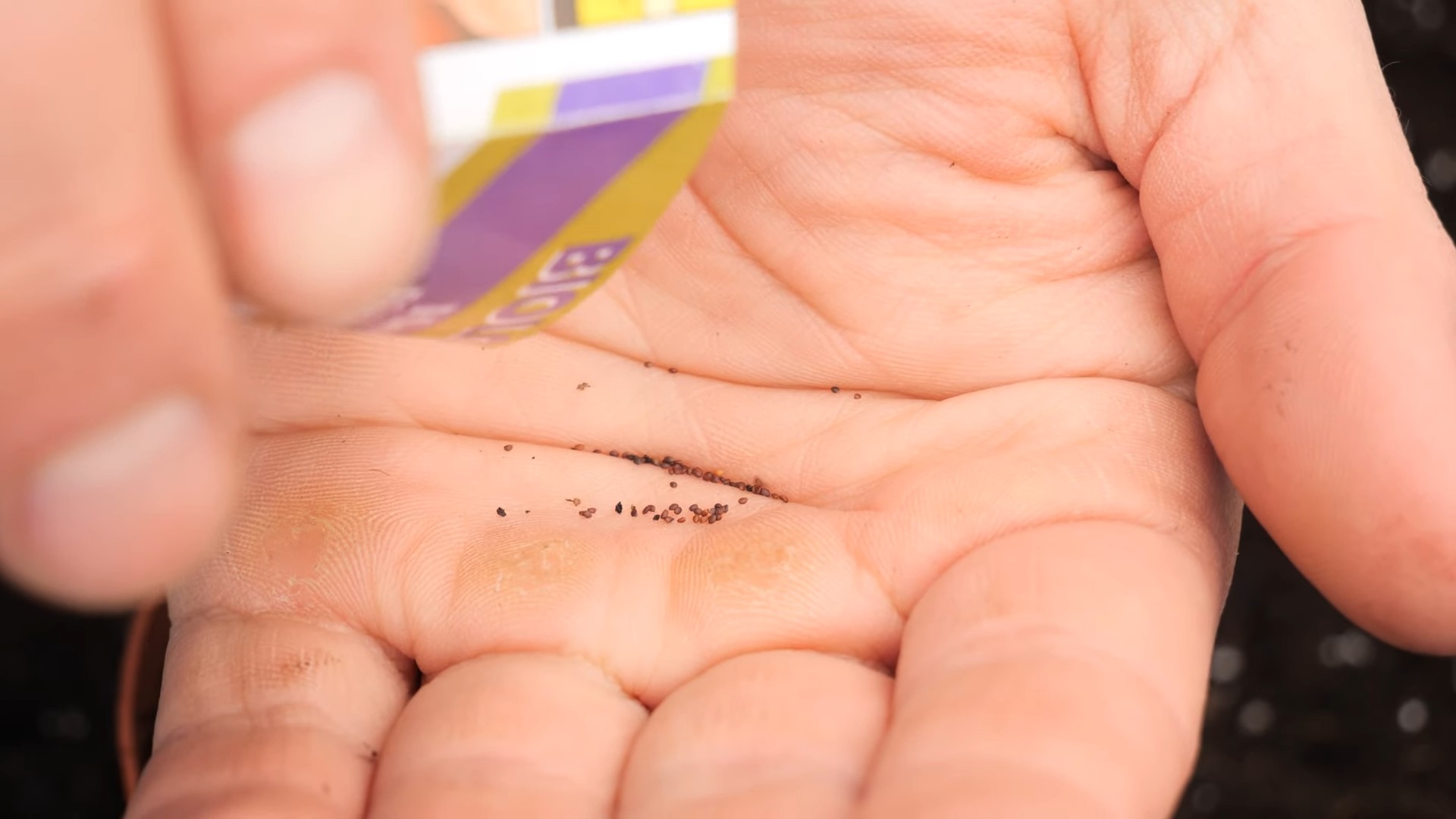
Conclusion
So, there you have it! Growing oregano at home isn’t just a fun project; it’s a gateway to fresher, more flavorful meals and a more sustainable lifestyle. Forget those sad, dried-up oregano flakes from the grocery store. Imagine the vibrant aroma and intense taste of freshly picked oregano enhancing your pasta sauces, pizzas, grilled meats, and so much more. This simple DIY trick empowers you to control the quality of your herbs and enjoy the unparalleled satisfaction of harvesting something you’ve nurtured yourself.
But the benefits extend beyond just taste. By growing your own oregano, you’re reducing your reliance on commercially produced herbs, which often travel long distances and contribute to carbon emissions. You’re also avoiding the potential for added preservatives or artificial flavors. Plus, having a thriving oregano plant in your kitchen or garden is simply beautiful! It adds a touch of greenery and a delightful fragrance to your space.
Don’t be afraid to experiment with different varieties of oregano. Greek oregano is known for its strong, pungent flavor, while Italian oregano offers a milder, sweeter taste. You can even try growing golden oregano for its beautiful foliage and subtle citrus notes. Consider planting your oregano in different types of containers to see what works best for your space and growing conditions. Terracotta pots are excellent for drainage, while self-watering containers can be helpful if you tend to forget to water your plants regularly.
And if you find yourself with an abundance of oregano, don’t worry! There are countless ways to preserve it. You can dry it by hanging bunches upside down in a cool, dark place, or you can freeze it in olive oil for later use. You can even make your own oregano-infused oil or vinegar for a delicious and aromatic addition to your culinary creations.
We truly believe that growing oregano at home is a must-try for any home cook or gardening enthusiast. It’s easy, rewarding, and incredibly versatile. So, grab a pot, some soil, and a few oregano seeds or a starter plant, and get ready to experience the joy of fresh, homegrown flavor.
We’re confident that you’ll love the results. Once you’ve tried this DIY trick, we encourage you to share your experience with us! Let us know what variety of oregano you grew, what challenges you faced, and what delicious dishes you created with your homegrown herbs. Share your photos and tips on social media using #HomegrownOregano and inspire others to embark on their own oregano-growing adventures. We can’t wait to see what you create!
FAQ
What are the best conditions for growing oregano at home?
Oregano thrives in sunny locations with well-drained soil. Aim for at least six to eight hours of direct sunlight per day. The soil should be slightly alkaline with a pH between 6.5 and 7.5. If your soil is heavy clay, amend it with compost or other organic matter to improve drainage. Overwatering is a common mistake, so allow the soil to dry out slightly between waterings. In colder climates, oregano can be grown indoors near a sunny window or under grow lights.
How often should I water my oregano plant?
Water oregano deeply but infrequently, allowing the soil to dry out slightly between waterings. Overwatering can lead to root rot, which is a common problem for oregano plants. Check the soil moisture by sticking your finger about an inch into the soil. If it feels dry, it’s time to water. During hot, dry weather, you may need to water more frequently. In the winter, when the plant is dormant, you can reduce watering significantly.
What kind of soil is best for growing oregano?
Oregano prefers well-drained soil that is slightly alkaline. A good potting mix for oregano should contain a mix of peat moss, perlite, and vermiculite. You can also add some compost or other organic matter to improve drainage and fertility. Avoid using heavy clay soil, as it can retain too much moisture and lead to root rot. If you are planting oregano in the ground, amend the soil with compost or other organic matter to improve drainage and fertility.
How do I harvest oregano?
You can start harvesting oregano once the plant is about 4-6 inches tall. The best time to harvest is in the morning, after the dew has dried but before the sun gets too hot. Use sharp scissors or pruning shears to cut the stems just above a leaf node. This will encourage the plant to branch out and produce more leaves. You can harvest up to one-third of the plant at a time without harming it. Regular harvesting will also help to keep the plant compact and bushy.
How do I dry oregano?
There are several ways to dry oregano. One common method is to tie bunches of stems together and hang them upside down in a cool, dark, and well-ventilated place. Another method is to spread the leaves out on a screen or baking sheet and let them air dry. You can also use a dehydrator to dry oregano quickly. Once the leaves are completely dry, store them in an airtight container in a cool, dark place. Dried oregano will retain its flavor for several months.
Can I grow oregano indoors?
Yes, oregano can be grown indoors, especially if you live in a colder climate. Choose a sunny location near a window that receives at least six hours of direct sunlight per day. You can also use grow lights to supplement natural light. Use a well-draining potting mix and water regularly, allowing the soil to dry out slightly between waterings. Make sure the pot has drainage holes to prevent root rot. You may need to fertilize your indoor oregano plant occasionally with a balanced fertilizer.
What are some common problems when growing oregano?
Some common problems when growing oregano include overwatering, root rot, aphids, and spider mites. Overwatering can be prevented by using well-draining soil and allowing the soil to dry out slightly between waterings. Root rot can be treated by removing the affected roots and repotting the plant in fresh soil. Aphids and spider mites can be controlled with insecticidal soap or neem oil. Regularly inspect your oregano plant for signs of pests or diseases.
Can I propagate oregano from cuttings?
Yes, oregano can be easily propagated from cuttings. Take a 4-6 inch cutting from a healthy oregano plant, removing the lower leaves. Dip the cut end in rooting hormone and plant it in a pot filled with well-draining potting mix. Keep the soil moist but not soggy. Place the pot in a warm, sunny location. The cutting should root within a few weeks. Once the roots are established, you can transplant the oregano plant to a larger pot or into the garden.
What are some uses for fresh oregano?
Fresh oregano is a versatile herb that can be used in a variety of dishes. It is commonly used in Italian and Greek cuisine, adding flavor to pasta sauces, pizzas, salads, and grilled meats. You can also use fresh oregano to make pesto, infused oils, and vinegars. Add fresh oregano to soups, stews, and vegetable dishes for a burst of flavor. Fresh oregano is also a great addition to herbal teas.
Is oregano a perennial or annual?
Oregano is a perennial herb, meaning it will come back year after year. In colder climates, it may die back in the winter, but it will regrow in the spring. To protect oregano plants in colder climates, you can mulch around the base of the plant with straw or leaves. You can also grow oregano in containers and bring them indoors during the winter.

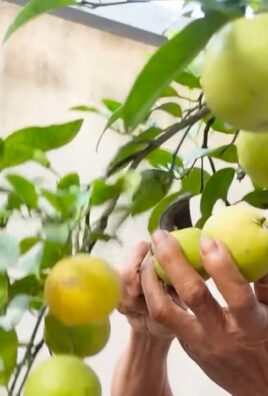
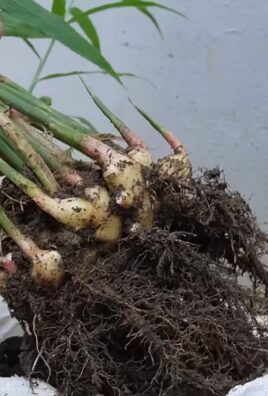
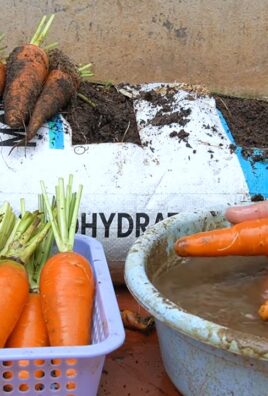
Leave a Comment